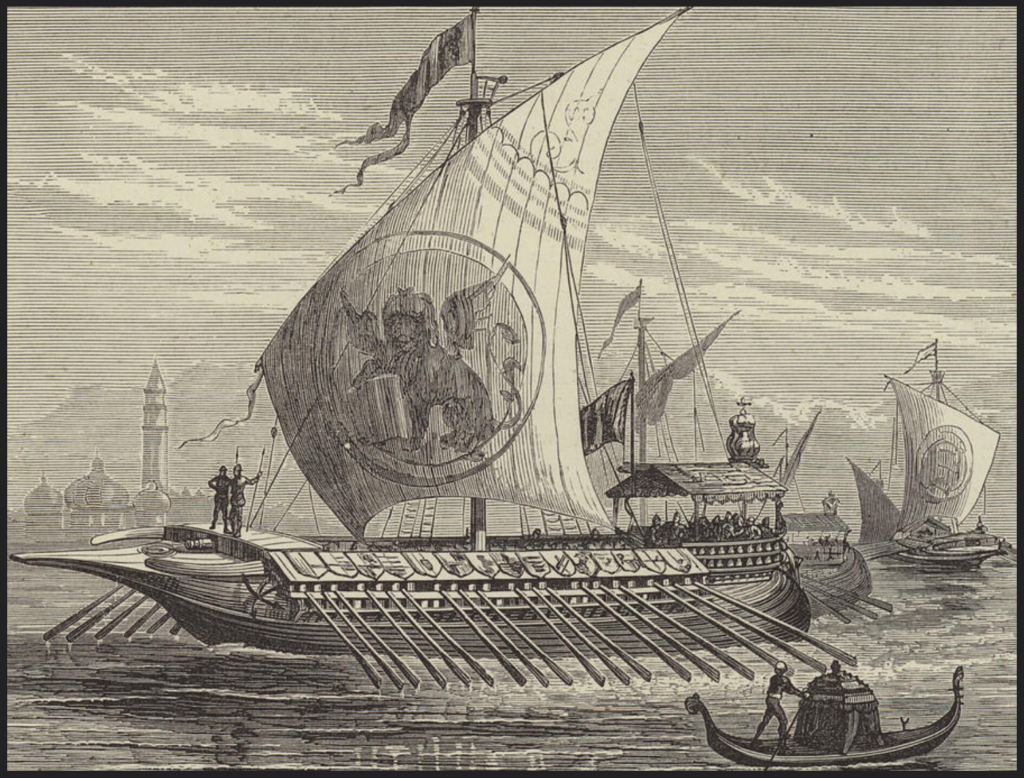After Gary Jennings’ book “Aztec,” I moved on to his later “The Traveler,” about Marco Polo. Of course, these are fantasies, but, as in the case of Aztec, they are very detailed and colorful. Quite convincing based on my knowledge of history. Lots and lots about the Mongols and 13th century China. I recommend it.
Marco Polo’s travels in the 13th century played an important role in the development of trade between Europe and Asia, opening new routes and expanding trade horizons. Marco Polo, a Venetian merchant and explorer, traveled with his father and uncle from Venice to China in 1271 via the Silk Road, which ran through vast areas of Central Asia. Marco was only 17 years old at the start of the journey.

These travels, described by Marco Polo in “The Book of the Diversity of the World,” are considered by some historians to be a hoax. In particular, they note that the book contains many inaccuracies in the relative location of geographical places, as well as the absence of references to the Venetian mission in Chinese sources of that time. Meanwhile, there are recognized scientific works confirming the high probability of the reliability of the book and the existence of Marco Polo himself as a historical figure.
An example of a possible mention of Marco Polo is the Chinese dynastic chronicle Yuan-Shi, which indicates a certain Po-Lo, who helped identify the abuses of a high-ranking official. This episode is described in some detail in Polo’s book, and is also colorfully conveyed in Jennings’ fiction, which I wholeheartedly recommend.
In the 13th century, trade between Europe and Asia was conducted primarily through the Silk Road, a vast network of caravan routes connecting China, Central Asia, Persia and Europe. The main goods exchanged at that time included:
- Silk: One of the most valuable goods exported from China to Europe. Spices: Pepper, cinnamon, cloves and nutmeg were highly prized in Europe for their rarity and ability to enhance the flavor of food. In turn, the Polo company brought saffron and some other spices from Europe and sold them in China.
- Spices: Pepper, cinnamon, cloves and nutmeg were highly prized in Europe for their rarity and ability to enhance the flavor of food. In turn, the Polo company brought saffron and some other spices from Europe and sold them in China.
- Jewelry and precious stones: Sapphires, rubies, pearls and other jewelry were supplied to Europe from India and Persia.
- Lacquerware and Porcelain: Chinese goods such as porcelain and lacquerware were highly praised for their quality and delicacy.

The trade routes used by Marco Polo were long and dangerous. The journey from Venice to Beijing could take up to three years one way. Caravans crossed the Gobi Desert and the Tarim Basin, as well as the Pamir and Himalaya mountain ranges. On the way of the caravans there were not only natural obstacles, but also robbers, which made travel extremely risky.
Traders stayed in caravanserais – specially equipped inns that provided protection and amenities for travelers and their goods. Each such rest could last from several days to several weeks, depending on the condition of the route and the availability of resources.
While the Aztecs and their postal merchants were developing the complex trading system in Mesoamerica, which I discussed recently, European trade was also undergoing significant changes. In the 14th and 15th centuries, European trade routes were centered around the Mediterranean Sea, the Baltic Sea and along the Silk Road routes. Trade in spices, silk, jewelry and other exotic goods connected Europe with Asia and Africa.
After the world-famous travels described in the book, Marco had other adventures – he participated in the war with Genoa and was captured. In general, even if Marco exaggerated his travels and influence on politics, it is fairly indisputable that he was a highly extraordinary man who left a noticeable mark on history, contributed to the significant development of both international trade and political ties between the West and East at the end of the 13th and beginning of the 14th centuries.
